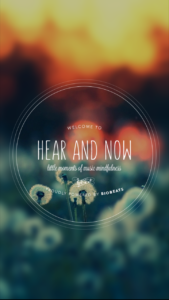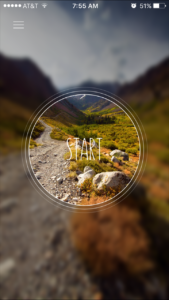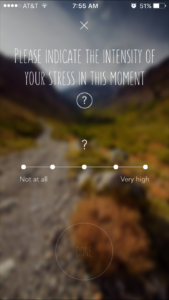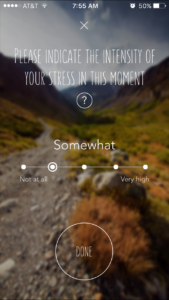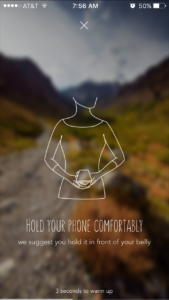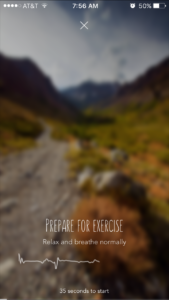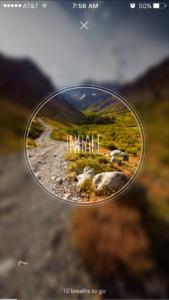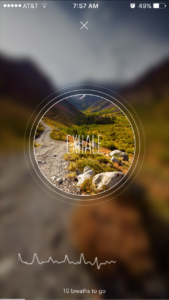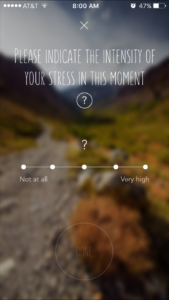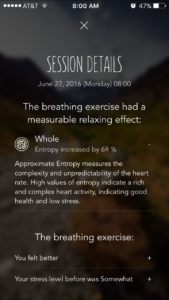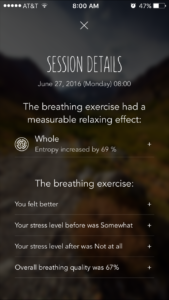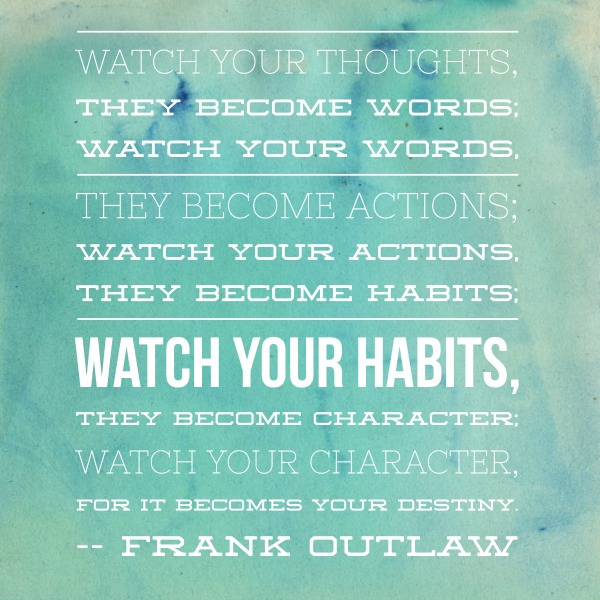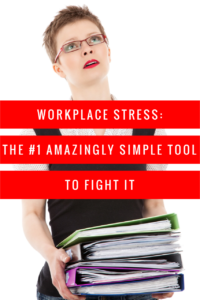 Workplace Stress:
Workplace Stress:
The #1 Amazingly Simple Tool to Fight It
The primary source of stress for American adults is our job. Depending upon the source, estimates range from a high of 80 percent to a low of 65 percent of workers reporting feeling stressed at the job. A study by the National Institute for Occupational Safety and Health cited 40 percent of respondents felt their job was “very or extremely stressful.” Over one quarter of the survey respondents feel their job is the number one source of stress in their lives.
People feel stressed at the job for a variety of reasons but the primary culprit is workload. Simply put, we are doing more work with fewer people. Many people can relate to workload issues because this problem is not specific to any one industry. Organization leadership gives workers more responsibility with less authority. As a result we feel constrained in our ability to get the job completed without lots of policies and process issues. Escalation to senior management is needed to get issues resolved, which creates delays and backlogs.
Another big source of job stress is the people we work with. It’s a fact of life that conflict between people exists in every organization. Sheesh, it exists in our families so you know there is no way to avoid conflict on the job! Between dealing with people’s personalities and quirks, the third primary source of work stress is finding the work/life balance that fits your family.
Alright, so stress is a big issue and it affects a lot of people. But it’s not just on a personal level. Stress costs big dollars to businesses. Fairleigh Dickinson University estimates that “workplace stress costs U.S. employers an estimated $200 billion per year in absenteeism, lower productivity, staff turnover, workers’ compensation, medical insurance and other stress-related expenses.”
There are lots of suggestions and strategies experts have provided to help us combat work stress. Many of them deal with prioritizing your day and learning to control our responses to work aggravations, which are excellent suggestions for relieving stress.
One solution that is often overlooked or downplayed that should be moved to the top of the list is breathing. Yes, deep breathing is a simple but super-effective solution to helping workers overcome the effects of workplace stress.
It’s a fact that deep breathing changes the ph of your blood. Deep breathing has been proven to lower your blood pressure, heart rate and stress hormone levels in our body. It lowers the levels of lactic acid in your muscles. Deep breathing strengthens the immune system and increases your energy level while giving you a sense of calmness.
So you’re thinking this all sounds good, but it’s not realistic to try to incorporate deep breathing sessions into your day. I get you. I am busy just like you and I found myself only stopping to breathe deeply when something totally irritated me. Like when I was thinking in the back of mind what I’d really like to say about something.
I knew I needed to go take a quick walk or do something to lower my stress. But sometimes that isn’t possible.
I discovered a smart phone app that helps me to add 3-4 deep breathing breaks into my day and I’m loving it. The Hear and Now app is available on the App Store. It uses the phone flash to measure your blood flow. I put my headphones on and listen to the calming music. The app measures my heart rate and breathing quality by evaluating the pulse changes in the blood flowing through the veins in my finger. Then the short breathing exercise begins. I captured a few screen shots of the process for you:
It’s really simple to use. However, when you first start you’ll be surprised by how shallow you are breathing. Especially if you’re a little pissed off when you start the exercise. Over a 3 week period I experienced a big difference in my ability to breathe deeply as reported by the results. But more importantly, the notifications remind me to take just a few moments every day to focus on breathing – more often and more deeply.
This app is an easy way to start incorporating a bit more mindfulness to your day. Would you use a smart phone app to add more mindfulness to your workday?
